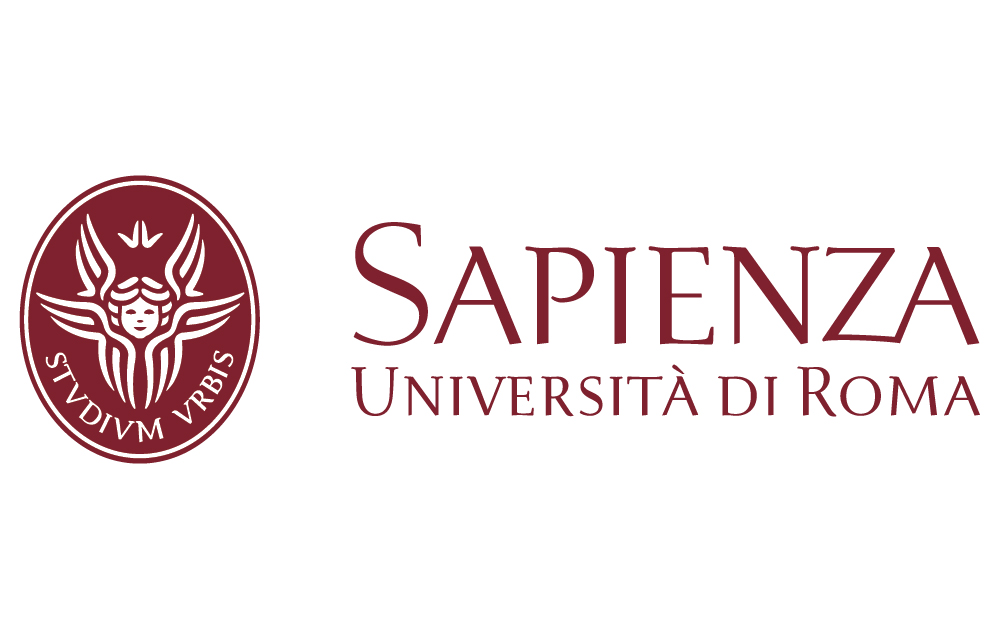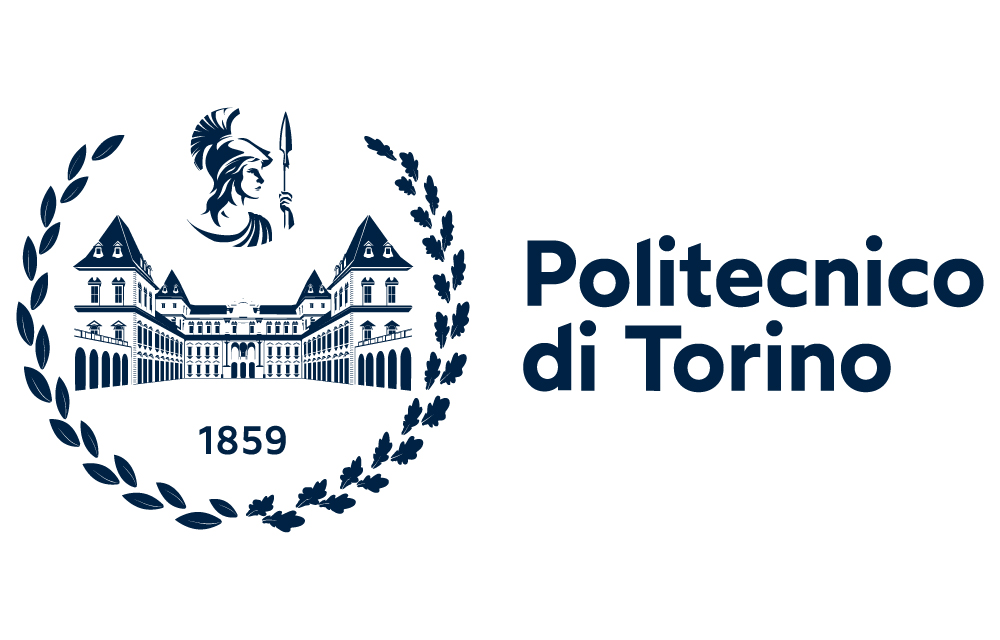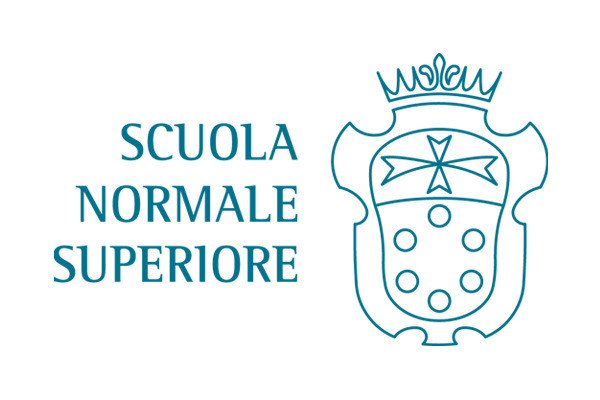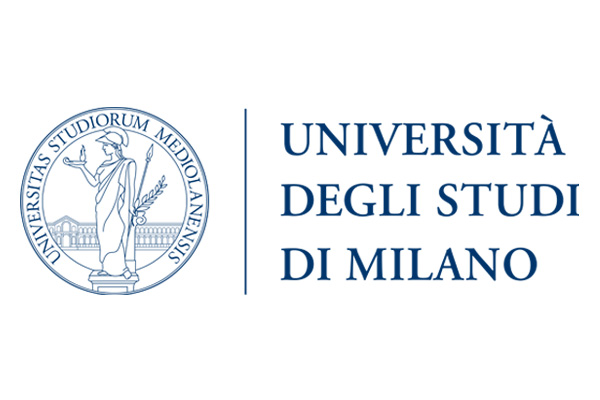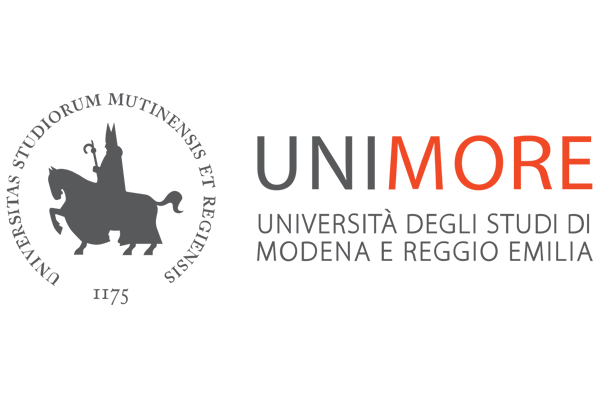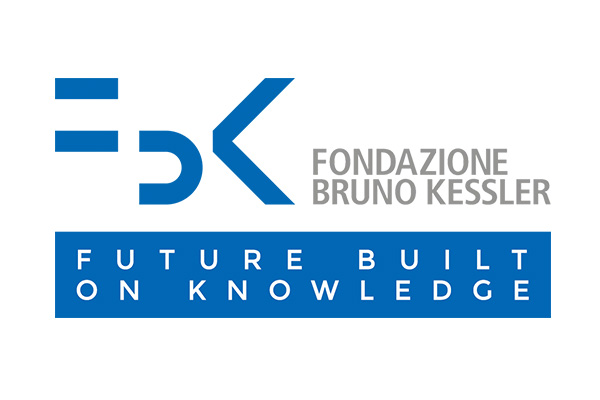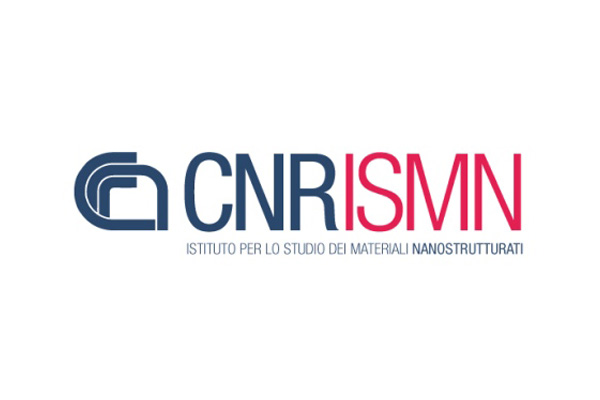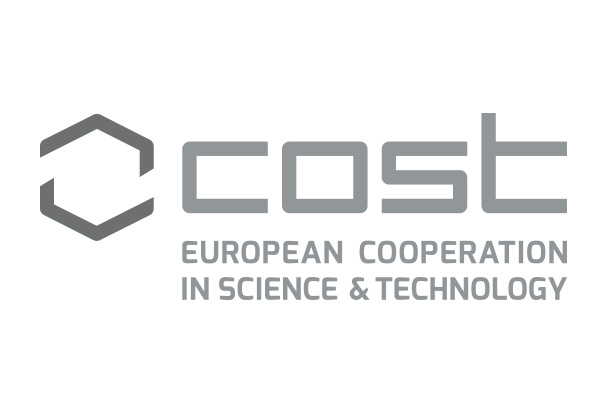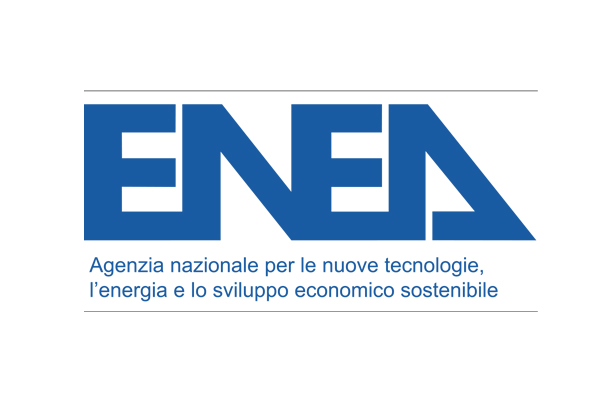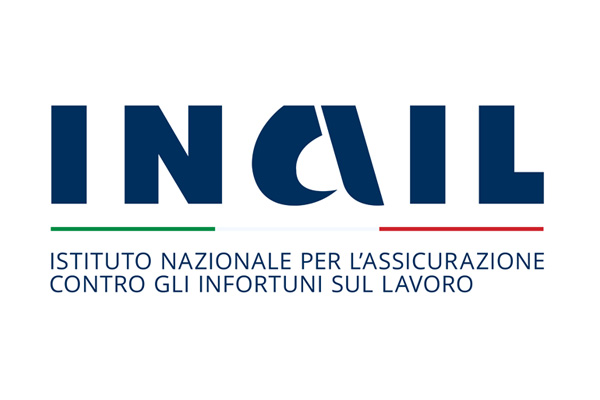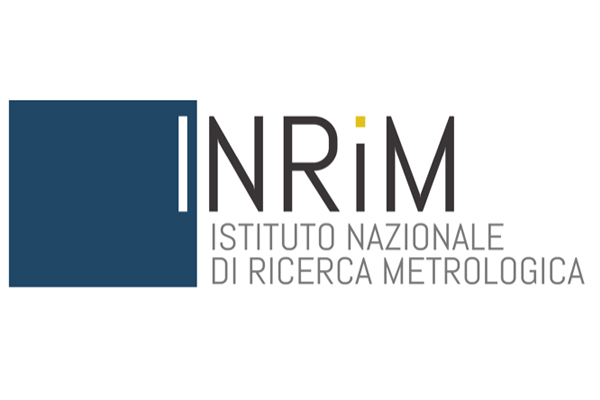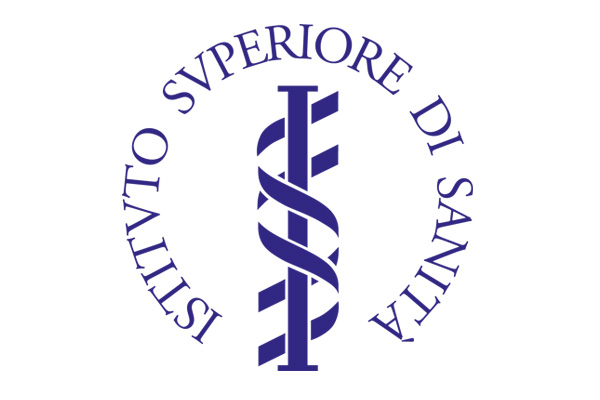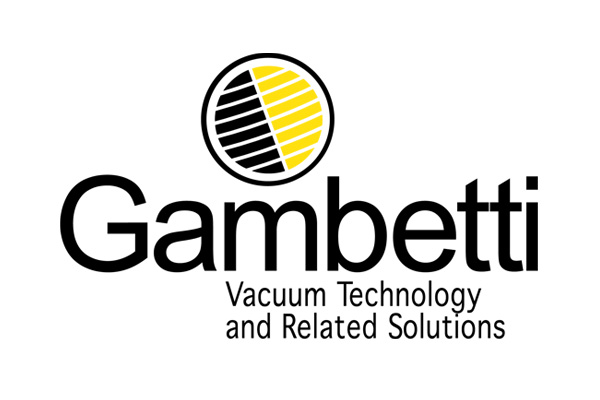 |
||||||||||||
| https://ientrance.eu/ | ||||||||||||
|
The "Infrastructure for Energy Transition and Circular Economy @ EuroNanoLab" (iENTRANCE) is a key initiative under Italy's National Recovery and Resilience Plan (NRRP), specifically within Mission 4: Education and Research, Component 2: From Research to Enterprise, Investment 3.1. This initiative aims to promote innovation, facilitate technology diffusion, enhance skills, and support the transition to a circular economy. The primary goal of iENTRANCE is to become Italy's leading research infrastructure in the following areas: Nanomaterials for Energy: developing advanced nanomaterials to improve energy efficiency and sustainability. Processes and Devices for Green Energy Production, Storage, and Management: innovating technologies that support renewable energy generation, efficient storage solutions, and effective energy management. Micro- and Nanoscale Characterization and Metrology: enhancing techniques for measurement and analysis at the micro and nanoscale to support advanced research and development. Technologies for Device and System Realization: creating and implementing new technologies for the development of advanced devices and systems. The infrastructure is coordinated by the National Research Council (CNR) and includes the National Metrology Institute of Italy, the Polytechnic University of Turin, the University of Bologna, Sapienza University of Rome, and the University of Roma Tre. CNR's representation spans several institutes: IMM Bologna (coordinator of the Research Infrastructure) and Catania, ISMN Bologna, NANO Modena, IMEM Parma, ISM Roma and Potenza, iPCB Pozzuoli, and STEMS Napoli. The consortium is organized into six geographical nodes: Bologna, Turin, Rome, Naples, Potenza, and Catania. Each node is internationally recognized for its expertise in complementary research areas, coordinated by a central hub. The initiative will be developed along three main project phases: Design and Implementation (2022-2024): establishing the operational and management backbone of the Research Infrastructure. A key component will be the digital infrastructure, based on FAIR principles. Ramp-Up (2024-2025): opening the facilities to users from academia and industry. New instrumentation will be acquired and commissioned to enable cutting-edge research. Access policies will incorporate Open Science best practices, emphasizing the importance of excellent science. In-house research will drive technologies beyond the current state-of-the-art to ensure sustainability after the NGEU Project. Full Operation: for at least 10 years, Italy will have a distributed, integrated, and fully interoperable structure for Clean Energy Transition research up to Technology Readiness Level (TRL) 4. Collaboration with other NGEU infrastructures and research innovation programs will ensure Italian competitiveness, autonomy, and sovereignty in this field, covering the entire value chain from low to high TRL. We are proud to announce the upcoming Summer School in Ventotene, taking place from June 3rd to 6th, 2025. 📄 The final programme is now available at the following link: We look forward to welcoming you to Ventotene! Within the framework of NanoInnovation 2025, the iENTRANCE team is actively contributing to the organization and support of several key events. |
||||||||||||

